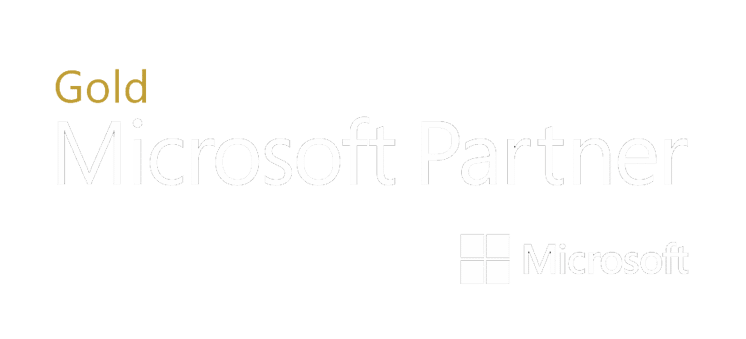Why Cybersecurity Is A Strategy, Not A Checkbox
Cybersecurity is not a "set it and forget it" process because the threat landscape is constantly evolving, and new vulnerabilities and attack methods are discovered on a regular basis. Cybersecurity requires ongoing attention and effort that includes:
New Threats and Vulnerabilities
Cybercriminals are constantly developing new and more sophisticated attack methods, and new vulnerabilities are discovered in software and hardware on a regular basis. To stay protected, organizations need to continually update their security controls and stay informed about emerging threats.
Changes in Technology
As technology changes, so do the security risks. The rise of cloud computing, mobile devices, and the Internet of Things (IoT) has created new attack surfaces that need to be secured. Organizations need to adapt their security strategies to address these changes and ensure that all devices and applications are properly secured.
Continuous Monitoring and Improvement
Cybersecurity is a process, not a one-time event. To ensure that security controls are working as intended and to identify new threats and vulnerabilities, organizations need to continuously monitor their systems and processes and make adjustments as necessary.
Human Factors
Cybersecurity is not just a technical problem; it also involves human factors such as user awareness and behavior. Our IT security framework considers phishing attacks, social engineering, and insider threats that can all bypass technical controls, and organizations need to invest in training and awareness programs to mitigate these risks.
Compliance and Regulatory Requirements
Many industries are subject to cybersecurity compliance and regulatory requirements that mandate certain security practices and controls. These requirements are constantly changing, and organizations need to stay up-to-date to ensure they are in compliance.
What Makes Up A Cybersecurity Strategy?

Perimeter Security
This layer includes security controls such as firewalls, intrusion detection and prevention systems (IDPS), and network segmentation to protect the outer boundary of a network or system. These controls can help to block unauthorized access, detect and block malicious traffic, and limit the impact of a potential breach.
Access Control
This layer includes security controls such as user authentication, authorization, and identity and access management (IAM) systems to manage user access to systems and data. These controls can help to ensure that only authorized users have access to sensitive data and systems and that they have the appropriate level of access.
Security Monitoring
This layer includes security controls such as security information and event management (SIEM) systems, log management, and threat intelligence to monitor for potential threats and security incidents. These IT security controls can help to detect and respond to security incidents in a timely manner and to continuously improve the overall security posture of the organization.
Endpoint Security
This layer includes security controls such as antivirus software, endpoint detection and response (EDR) tools, and mobile device management (MDM) systems to protect individual devices such as laptops, desktops, and mobile devices. These cybersecurity controls can help to detect and remove malware, prevent unauthorized access, and enforce security policies on devices.
Data Protection
This layer includes security controls such as encryption, data loss prevention (DLP), and backup and recovery systems to protect data from unauthorized access, theft, or loss. These IT security controls can help to ensure that sensitive data is protected both at rest and in transit and that it can be recovered in the event of a data breach or system failure.
Maintenance Processes
This layer includes the ongoing processes and documentation to maintain the cybersecurity strategy. It is important to work with an IT team that has the experience and systems needed to not only implement these solutions but more importantly maintain them. Users and devices will come and go, new security threats will come on the scene, and the strategy will need to be adjusted as time goes on. That’s why our managed IT services play an important role, ensuring your cybersecurity infrastructure stays updated, secure, and aligned with your business needs.
Cybersecurity Support That Protects and Reduces Risk
The Miller Group cybersecurity professionals don’t just set up tools; they actively protect your business every day. Here's how they help keep your systems secure and running strong:
Threat Detection & Monitoring
We watch your systems around the clock, review alerts, and stop issues before they become breaches.
Security Implementation
From firewalls and encryption to access controls and MFA, we build the defenses your business needs.
Vulnerability Management
We assess risks regularly, apply patches, and close security gaps before attackers can exploit them.
Incident Response
If something goes wrong, we act fast, containing the threat, restoring systems, and strengthening defenses.
Employee Training & Awareness
We help your team avoid common risks like phishing with clear, practical security education.
Cybersecurity Protection from The Miller Group
Cybersecurity is a must for every business today. One security breach can lead to lost data, expensive downtime, and damage to your reputation. The Miller Group helps protect your business by putting strong layers of security in place to stop threats before they cause harm.
We use trusted tools, keep a close watch on your systems, and guide you through every step. Our services are flexible and built to fit your needs, whether your business is big or small. With The Miller Group, you get clear answers, fast support, and peace of mind knowing your business is better protected.
Frequently Asked Questions About Cybersecurity Services
Cybersecurity providers offer services like continuous threat monitoring, endpoint detection and response (EDR), email filtering, firewalls, vulnerability scans, security awareness training, incident response planning, and compliance support. These work together to detect problems fast and reduce risk online.
Don’t Be A Statistic. Protect Yourself From A Breach.
of breaches are caused by human error
of security breaches target small businesses
of small firms go out of business within 6 months of data breach
Managing IT for small and medium sized businesses in St. Louis since 1985.







